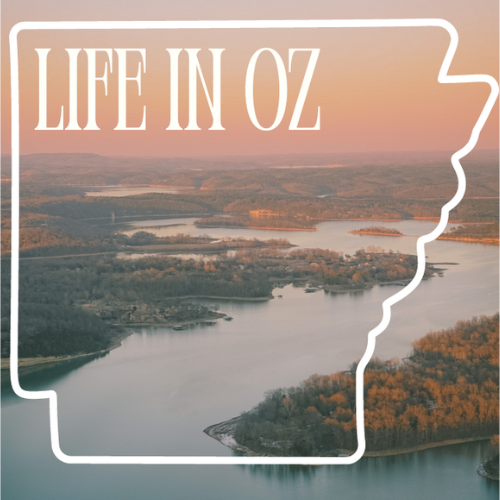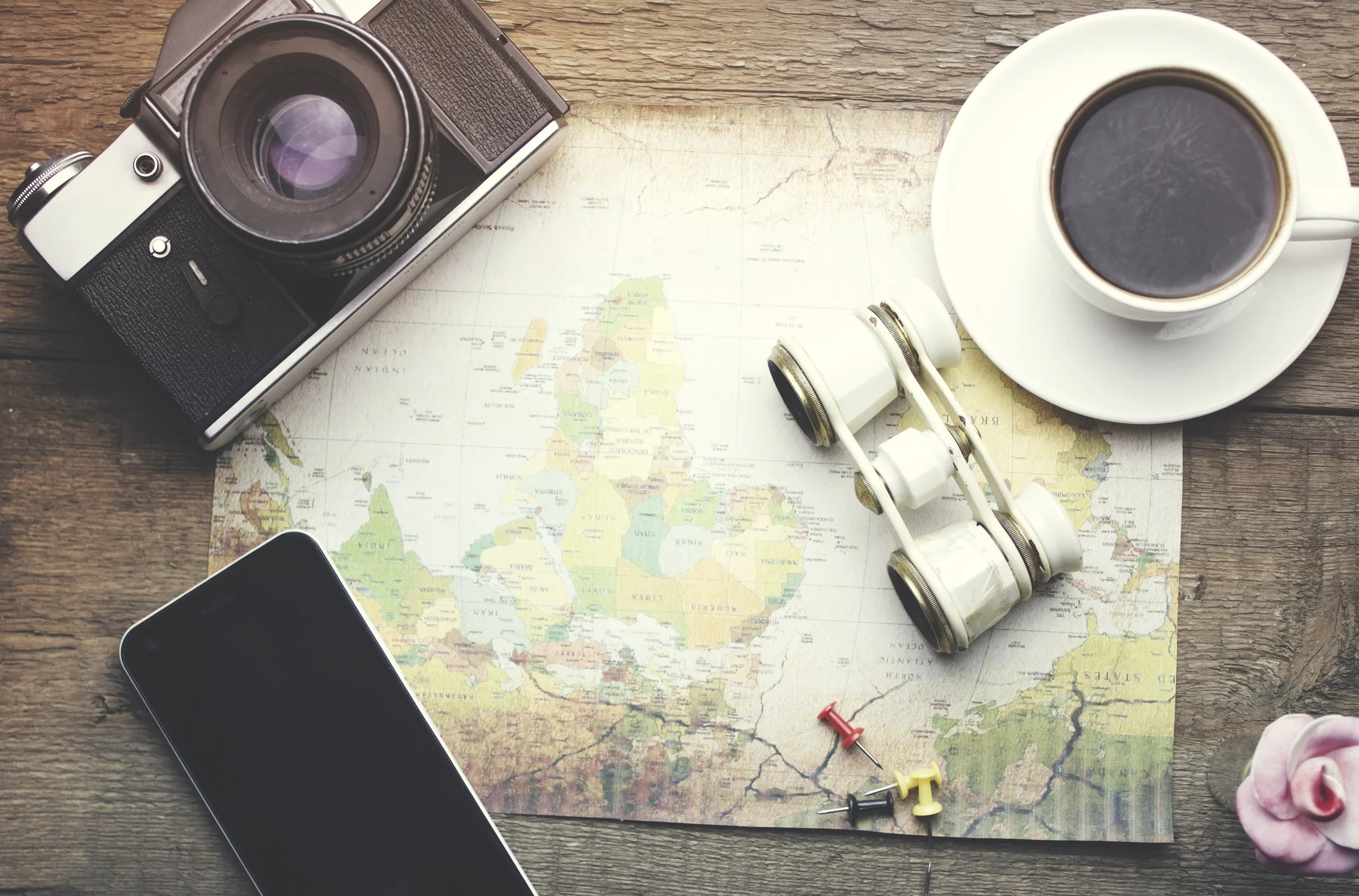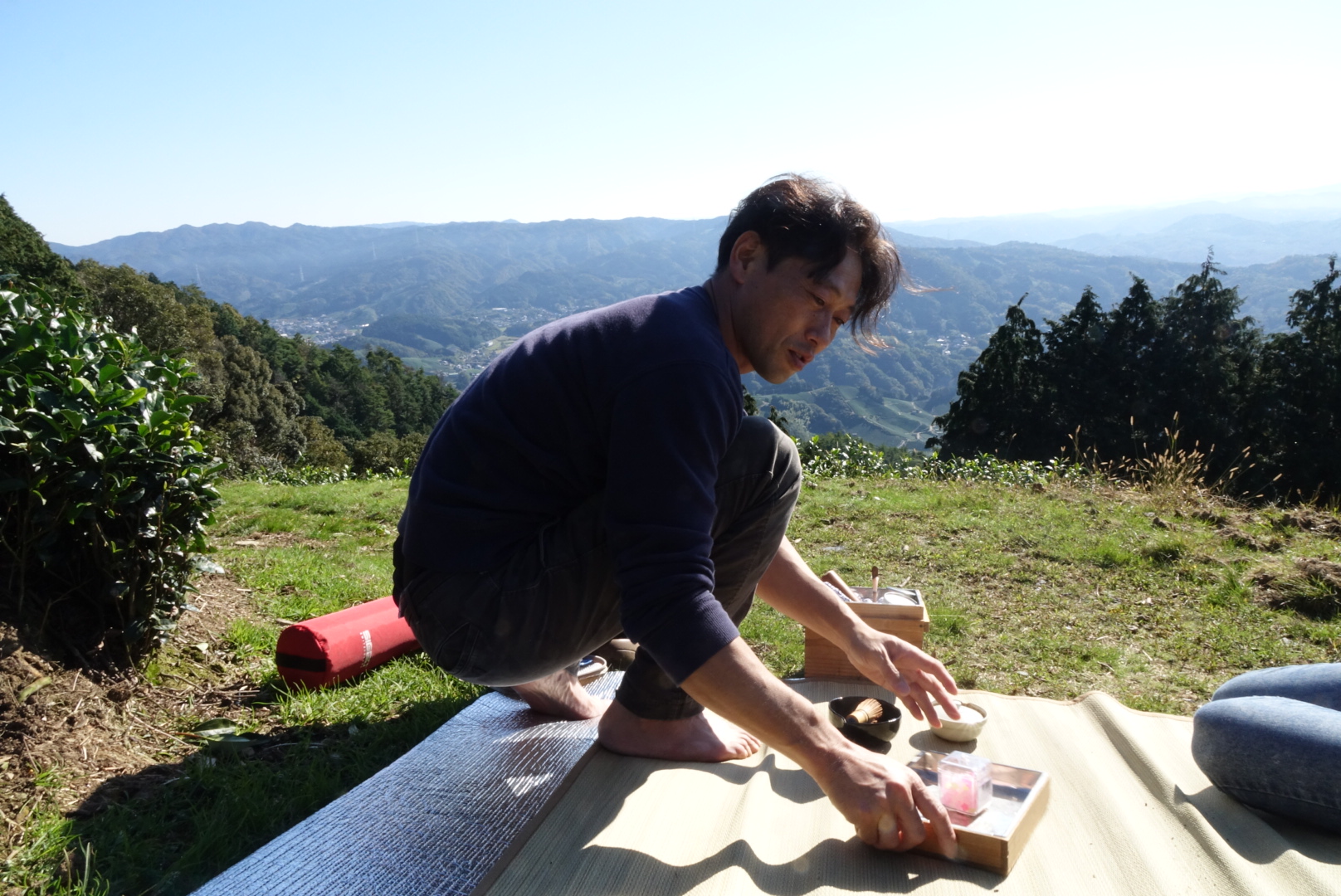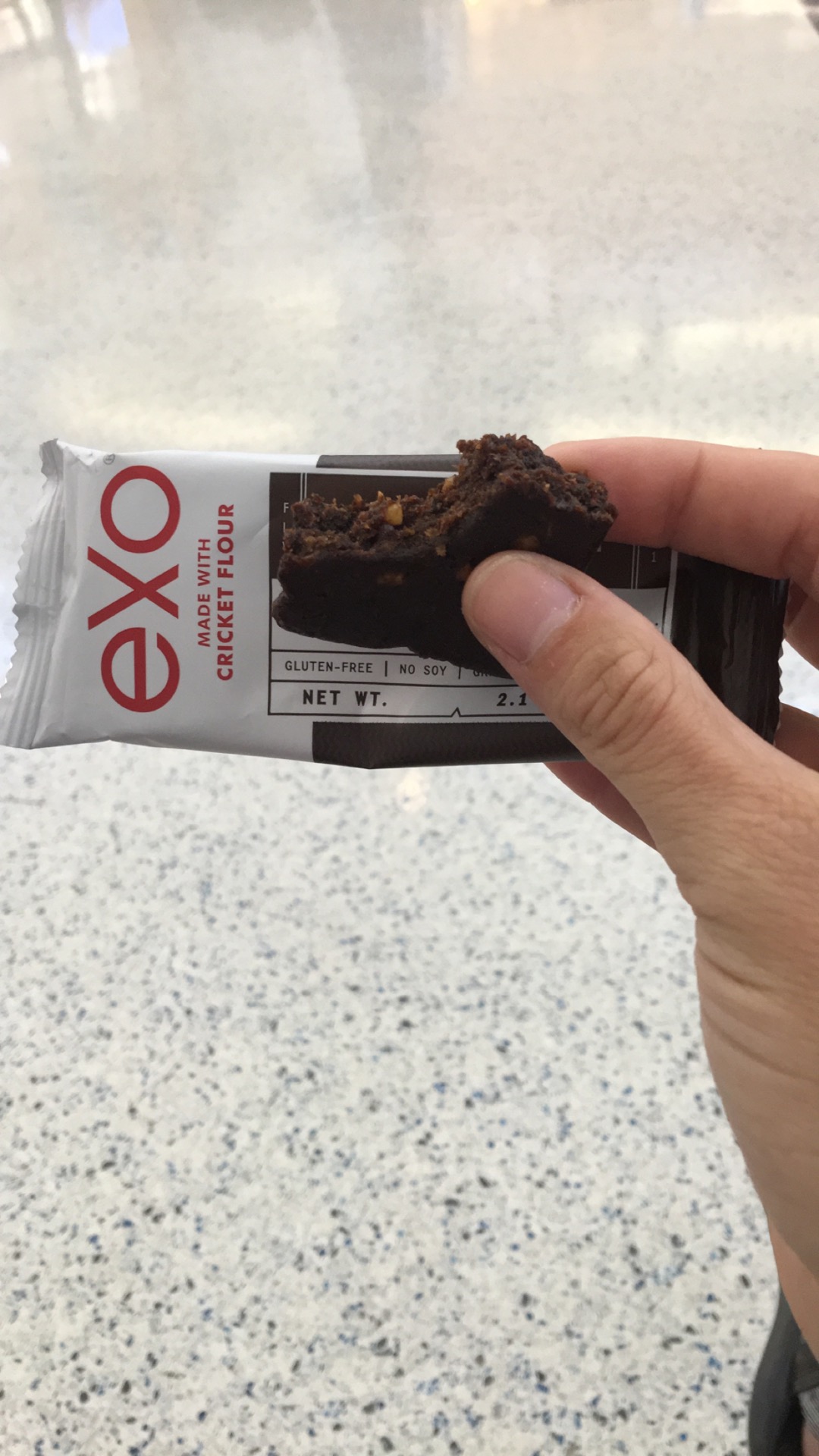As a solo female traveler, have you experienced any challenges in your travels that a male might not experience while traveling alone? I think my friends and family worry more about me when I am traveling alone. I mean, it can be scary, and sometimes you worry. Before coming to India, I read some travel guides that warn women not to travel alone, but I have found that here in India there is an ancient sense of hospitality. I have been reminded from people welcoming me here in Kolkata that “a stranger is a gift from God.” I have often found people here happy to help you, give you directions, or offer a sign of hospitality with a smile or cup of chai. Actually, in some situations, I have wished I were not a woman, were not being seen as a woman, but those moments are redeemed by others in which I felt extraordinarily welcome as a human being, moments that were like celebrations of being alive in the same place and time.
Do you think Kolkata lives up to its nickname: “The City of Joy”?
Yes, a city of joy, a city founded on joy, on a kind of daily miracle. Maybe it’s because so many people have moved to this city without possessing anything, looking for a possibility to live. And the city is nourished by this basic strength, this vital energy. When you walk in its streets, you sense that everything is possible, that you can find the power to face everything. The people who live in the streets are your teachers. The city is built on them, as on indestructible foundations. I remember a woman sitting alone on the sidewalk. She was performing a kind of solitary ritual at the feet of the passing crowd, next to the endless, poisonous traffic. With her hands open like two bowls, she was lightly touching the ground and then holding them up to the air, as if collecting the invisible sacred dust of life and bringing it from the earth to the sky, from the sky to the earth. While walking in the streets of Kolkata, one can experience a mysterious, unexpected balance. In some moments, life in this city is so hard that you start wondering how it is possible to live here, and as soon as you reach this point, beyond your limits, all the hope and energy that you have lost will be returned to you in a unpredictable way—and even more than that: as a kind of gift, a grace.
What a beautiful way to describe the city. I love the idea of balance.
This balance between destruction and creative sources is very important to me. During this period of my life, I have been trying to recognize myself in a body and in a place. I have been trying to stand firmly on the earth, with both feet, yet I always find an earth that is collapsing, fault lines that are opening, destroying everything in which I have trusted and thought that I had built. My recent book, translated into English by John Taylor as The Little Book of Passage, is all about this long struggle. When I arrived in Kolkata, one of the first images of India that appeared to me, in the trip from the airport, was a little plastic colored statue of Ganesha, on the dashboard of the taxi. This god has one foot on the earth and the other in the sky; he can keep his balance despite all his weight, with the lightness of a motionless dance, with those sweet female eyes in an elephant face—he expresses both power and fragility.
I’ve been fascinated by the imagery surrounding the Hindu gods. Have you been influenced by Hinduism in your writing at all since being in India?
This is my first time in India, and the first place for me is Kolkata, the city of Kali. The apartment where I’m living is in Kalighat, just one and a half kilometers from Kali Temple. Kali is often depicted with a bloodstained mouth and a skull necklace. She is a strong goddess, angry and violent, able to destroy and kill. I think that I’m here, in Kolkata, because I have to learn from Kali to direct my destructive strength, not inside me, against myself, but rather outside, to remove evil that approaches my life and thus to protect myself. Indeed, there are matters that need to be destroyed, so that life can be born and be freed. In contrast, in Christianity, we have the Madonna, the Mother of Jesus. The Virgin Mary is a sweet and loving mother. A mother who welcomes the mystery of life, a mother who knows sorrow, a mother with tears, who can always love and forgive. A kind of complementary—reverse— image of Kali. In Greek and Latin mythology, there were some strong feminine figures who were warriors. But with the Christianity, they had to disappear. The Madonna became the feminine model of a way of being. If we compare Mary and Kali, we can have an idea of two different cultural and anthropological ways of being. Mary cannot express any anger or violence. The only image of that kind of power is when Mary crushes the snake (evil) with her foot. (But she does this with a rather peaceful expression, almost without realizing what she has done.) Losing that kind of aggressive strength, which is in Kali, means losing a vital feminine part of us. This is probably what society has asked us to do. Not only a society with Christian roots, but also a Hindu society, I guess. I have the feeling that here in Kolkata one can pray to Kali, but easily forget that Kali is still living in every woman. But if I think again of Mary, her strength also comes to mind. It’s just a different kind of strength, founded on resistance and compassion. Actually, the two most famous images of Kali and Mary are similar: Mary holding her dead son on her knees (the Pieta) and Kali standing on her dying husband Shiva.
I have dedicated to Mary, and to her connection with my grandmother and a place near my hometown, a prose text translated by John Taylor. It is titled, "Maria, Towards Cartoceto". To complete this polyptych of feminine identity, I will now do the same with Kali and Kolkata.







































































































